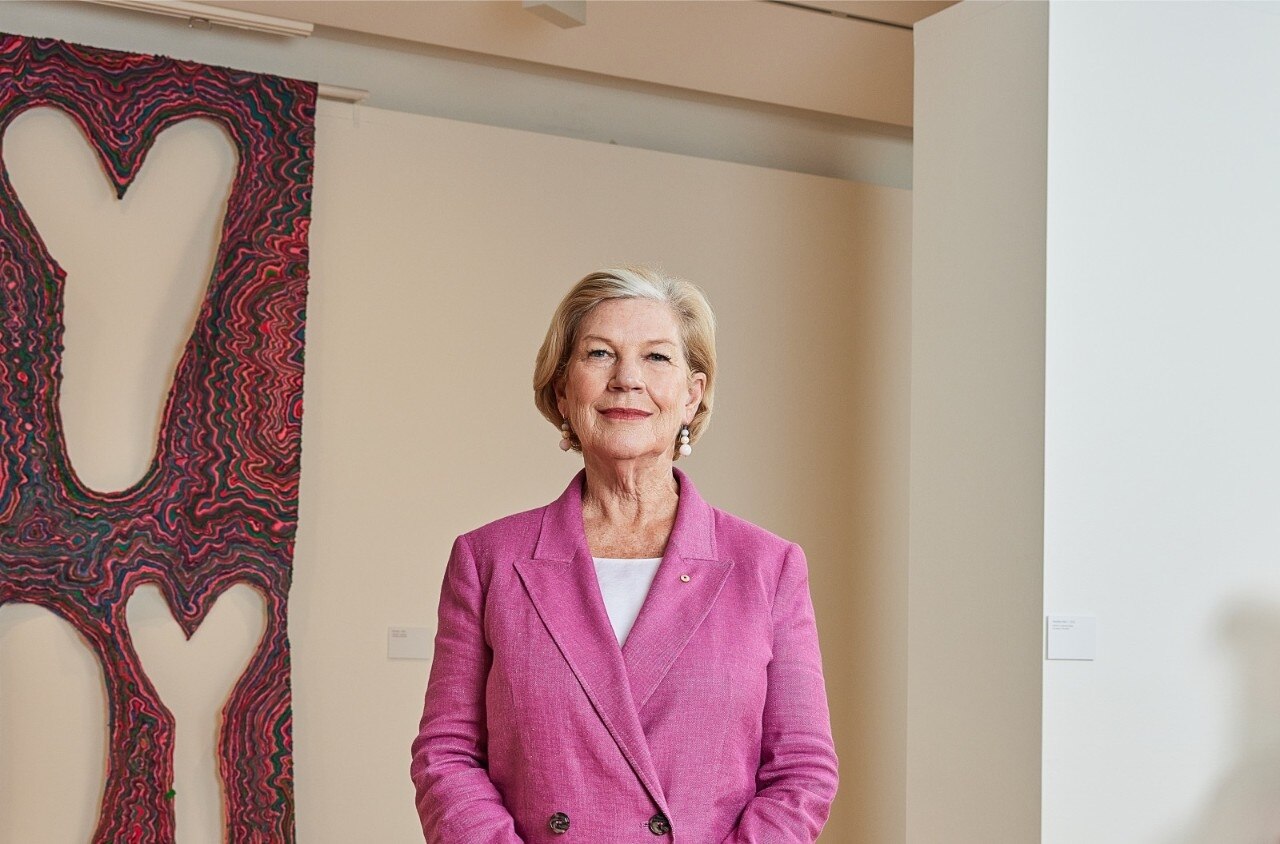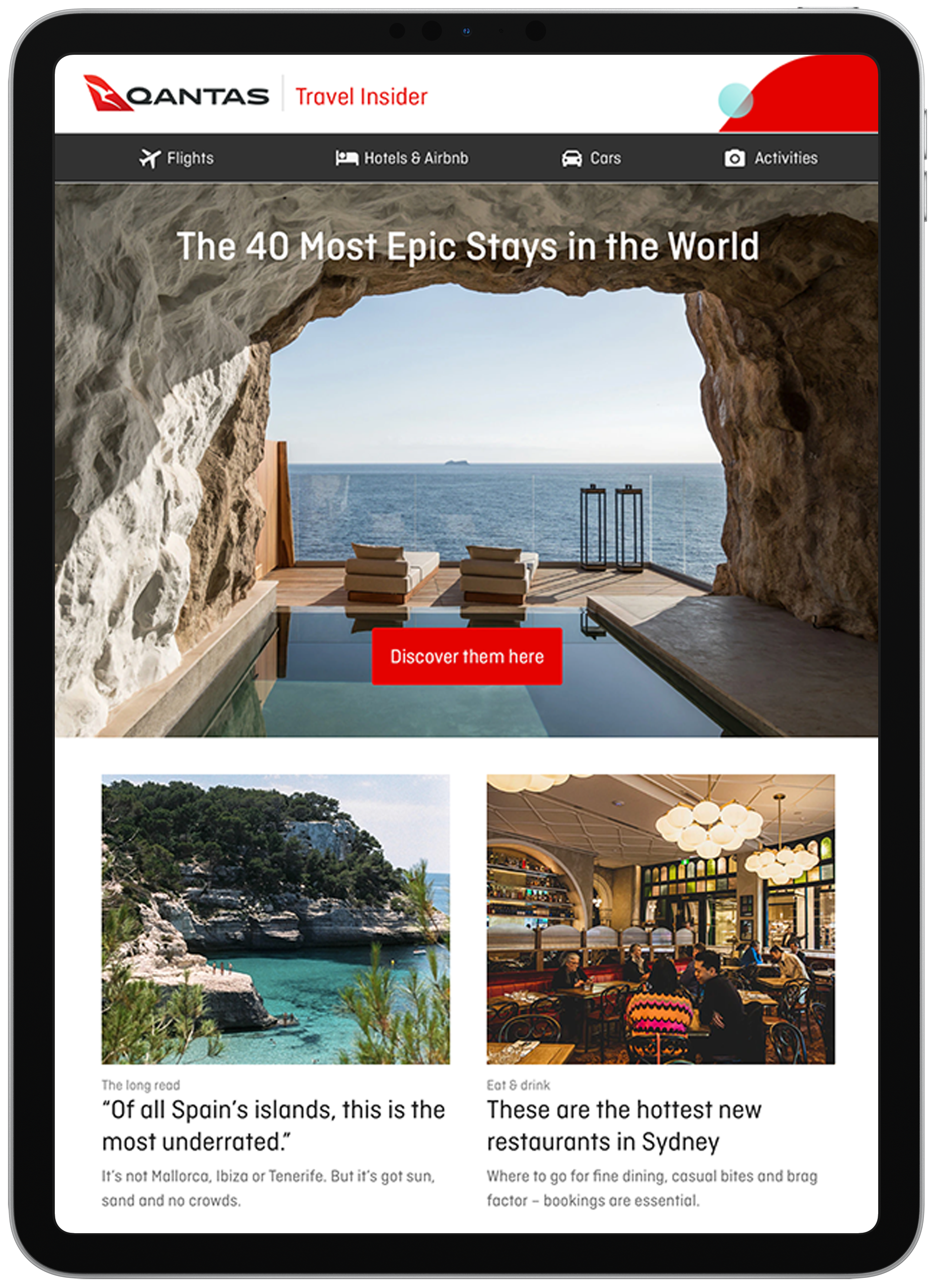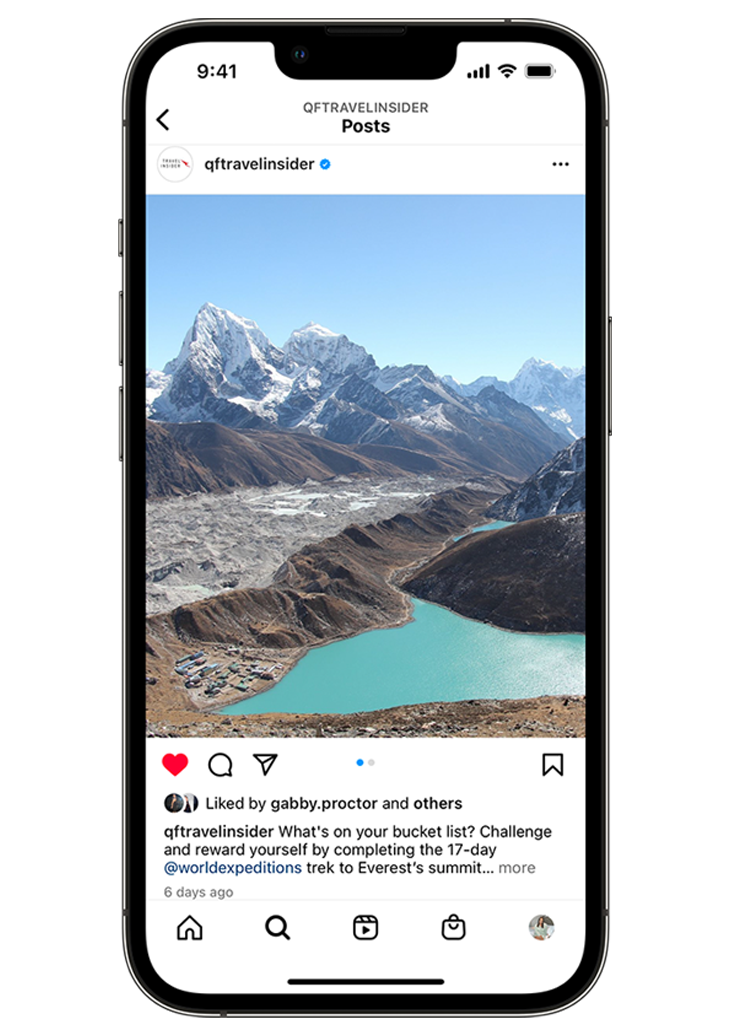5 Minutes With Queensland University of Technology Chancellor Ann Sherry

After challenging roles in government, banking and tourism, there’s not much that can knock the current chancellor of the Queensland University of Technology.
My first job was in my parents’ pharmacy, usually during school holidays. Leading up to Christmas, I’d put stuff in baskets and boxes, wrap them up, put bows on them and have cards attached, ready to be signed. It’s common now but wasn’t then. I cleared [the stock] almost every day. I learned that having a great product isn’t enough if it’s not already in the form the customer wants it in at the time they need it. In everything I’ve done in retail since, including at Carnival cruises and even in banking, I’ve had that same mindset.
One of my first experiences of good leadership came when I headed up the Office of the Status of Women in Canberra. I worked closely with [former prime minister] Paul Keating, whose style of leadership was to imagine where you want to be and then make the bold decisions necessary to get there. In cabinet meetings, I saw the deftness of arguing the big end-game against people pushing short-term sectoral interests – it’s a dynamic that happens in all companies. Watching how Keating navigated it was very instructive for me. I saw what was possible if you got it right.
The first time I had to change tack to get people on board was on the issue of paid maternity leave. When I joined Westpac as head of human resources, 80 per cent of the front-line staff were women, only 40 per cent of whom returned to work after having babies. When I raised the idea of three months’ paid leave with the executive, I made fairness, equity and employer-of-choice arguments and everyone was like, “Oh, get her out of here.” So I went back in with the most rational numeric argument you could have: if we lift the return-to-work rate to 50 per cent, this will pay for itself in one year. And they went, “Do it.” Within three years, the return-to-work rate was almost 70 per cent and most of the big companies in Australia had followed suit. You’ve got to speak the language of the group you’re trying to influence.
The first real wake-up call of my life was the arrival of my son, Nick, who was born with a disability. I was very young and knew it was going to be tough but I didn’t expect the sort of resistance we faced – firstly from doctors and nurses, who suggested he be institutionalised, then family. My husband [Michael Hogan] and I quickly decided Nick would have the best opportunities. I was still at university so he was at every lecture in a basket under my desk. He came everywhere with me. We’re a better community for inclusion, for bringing people who are more diverse into our collective worlds. It brought out the fight in me and fine-tuned my sense of fairness so there’s not much that really knocks me over.
Defining moment
“I was asked to lead the integration team after Westpac bought the Bank of Melbourne [in 1997]. I’d been head of HR at Westpac so it meant jumping sideways – some even saw it as a backwards move – but it led to me becoming CEO of the Bank of Melbourne. Working on a merger of two banks gave me an understanding of the business that I couldn't have got any other way. It was my stepping stone.”

Start planning now
SEE ALSO: 5 Minutes With Sex Discrimination Commissioner, Dr Anna Cody
Image credit: Sam Thies


